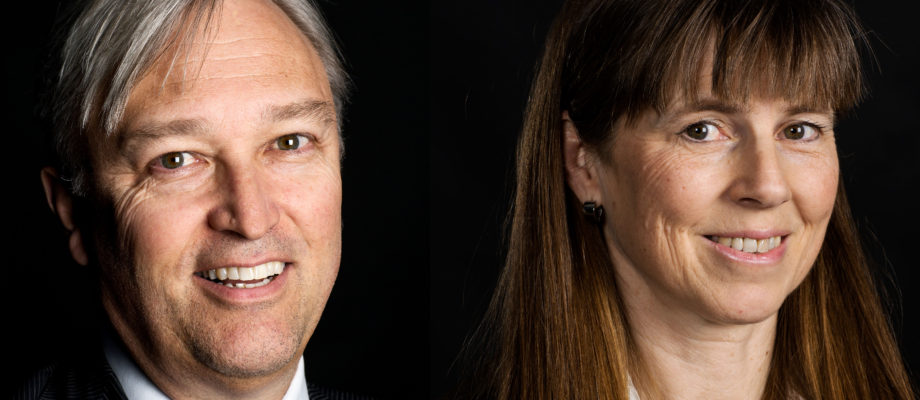MANAGEMENT ROLE. Since the end of the year, the Institute of Clinical Sciences has a new management duo. Peter Naredi, who was the Deputy Head of the Institute, has been chosen as the new Head of the Institute. Helena Brisby has been appointed the new Deputy Head of the Institute.
Peter Naredi is a Professor of Surgery, and his research is primarily focused on cancer. Since 2015, he has had the position of the Deputy Head of the Institute of Clinical Sciences, and he has now been chosen to succeed Ian Milsom as the new Head of the Institute.
What are your visions for your position as the Head of the Institute?
“We have to create better conditions for conducting clinical and translational research. We will work towards a modern educational approach, support supervisors and ensure that students are given a good clinical practice. Lastly, we will strive for a good working environment, facilitate career development and develop collaboration with international universities.”
Peter Naredi is also one of the six remaining candidates for the post as the Dean.
Helena Brisby is a Professor of Orthopedic Surgery with a specialization in back surgery. She works in clinical practice and conducts research in back diseases. She has been the Head of the Department of Orthopedics since 2012 and since 2015, she has been a member of Sahlgrenska Academy’s Faculty Board, an assignment she is now leaving when she becomes Deputy Head of the Institute.
What attracts you to the assignment as the Deputy Head of the Institute of Clinical Sciences?
“To develop, stimulate and facilitate education and research conducted at all of our departments together with the other members of management of the Institute of Clinical Sciences.”
As you see it, what are the most important issues for the Institute to work on at the management level?
“There are many of them. It’s important to focus on issues where many of our departments can benefit from joint efforts, oversight and the like, meaning issues where not every department has to find solutions on its own, but where we as an Institute can make it easier for the units to flourish as much as possible. For instance, we could review various educational efforts done – can we increase or improve collaboration between the departments? Another issue is how we stimulate clinics to continue conducting research after the doctoral degree – it’s incredibly important for us to have competent researchers and teachers in the future.”
TEXT: SUSANNE LJ WESTERGREN / ELIN LINDSTRÖM CLAESSEN
PHOTO: JOHAN WINGBORG/GU











